Smith & Wesson Victory Revolver with U.S. Army “P” proof mark and British markings.
In 1974 my father bought two S&W Victory revolvers ($20 each) from a police equipment supply dealer.
One of the two revolvers has the markings shown below the other revolver does not.
I think that these revolvers came from the CNR Police when they were changing their sidearms.
I also think that the barrel was shortened, the grips were changed and the grip swivel was removed.
The revolver in question is serial number V 560105.
It shows a “P” marking on the left frame as well as on the cylinder.
I had not thought about these revolvers for a long time until recently when I was reorganizing my photos.
I reached out to Charlie Pate regarding this subject and this was his response.
"They were probably Lend Lease guns. The only way to get more specific would be to get factory letters on them to see where and when they were shipped. I think the letters cost $50 now. The "P" on the frame and cylinder is the U.S. Army proof mark from when the revolvers were first purchased. The crown over BNP proof marks are British commercial proofs. When the British government disposed of their Lend Lease guns they had to go through a commercial proof before they were sold."
Charlie
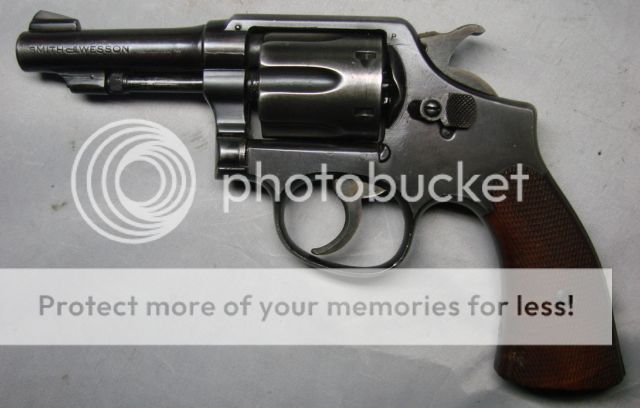
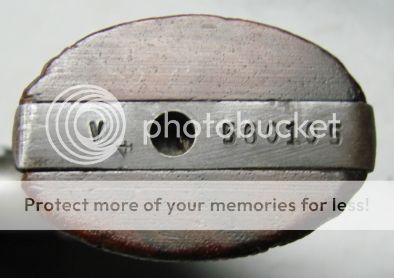
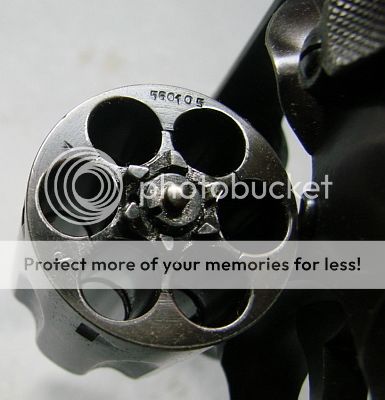
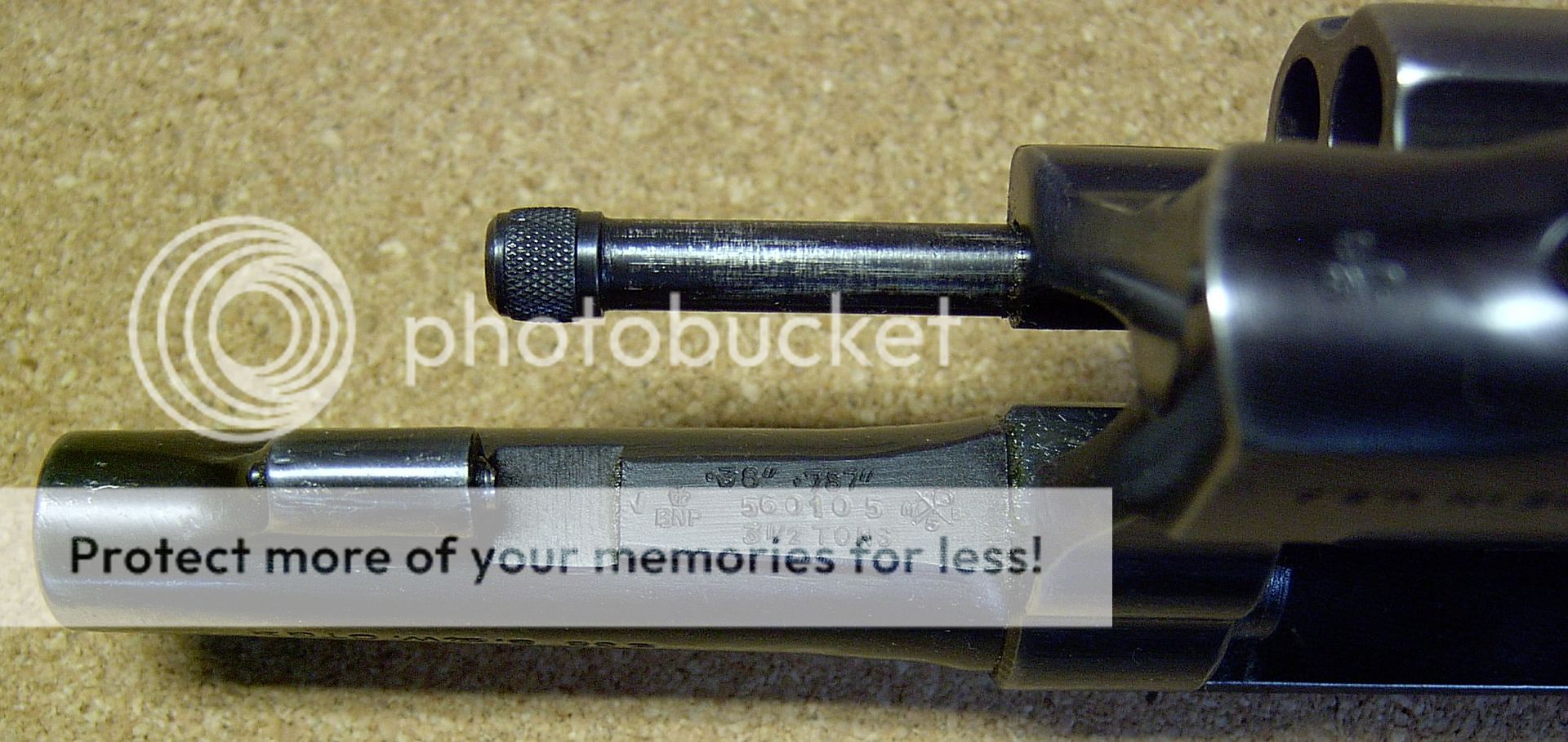
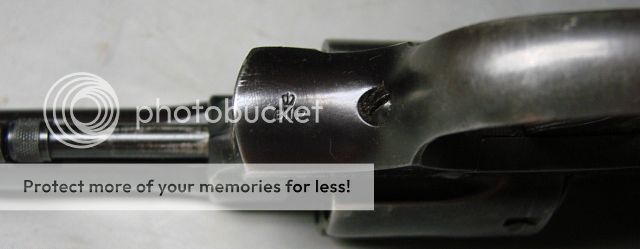
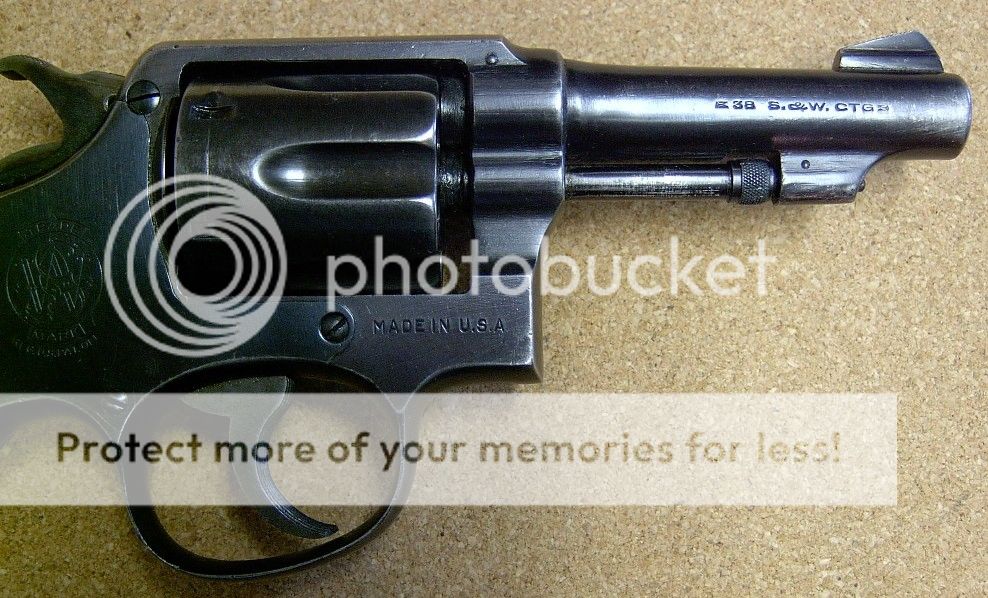
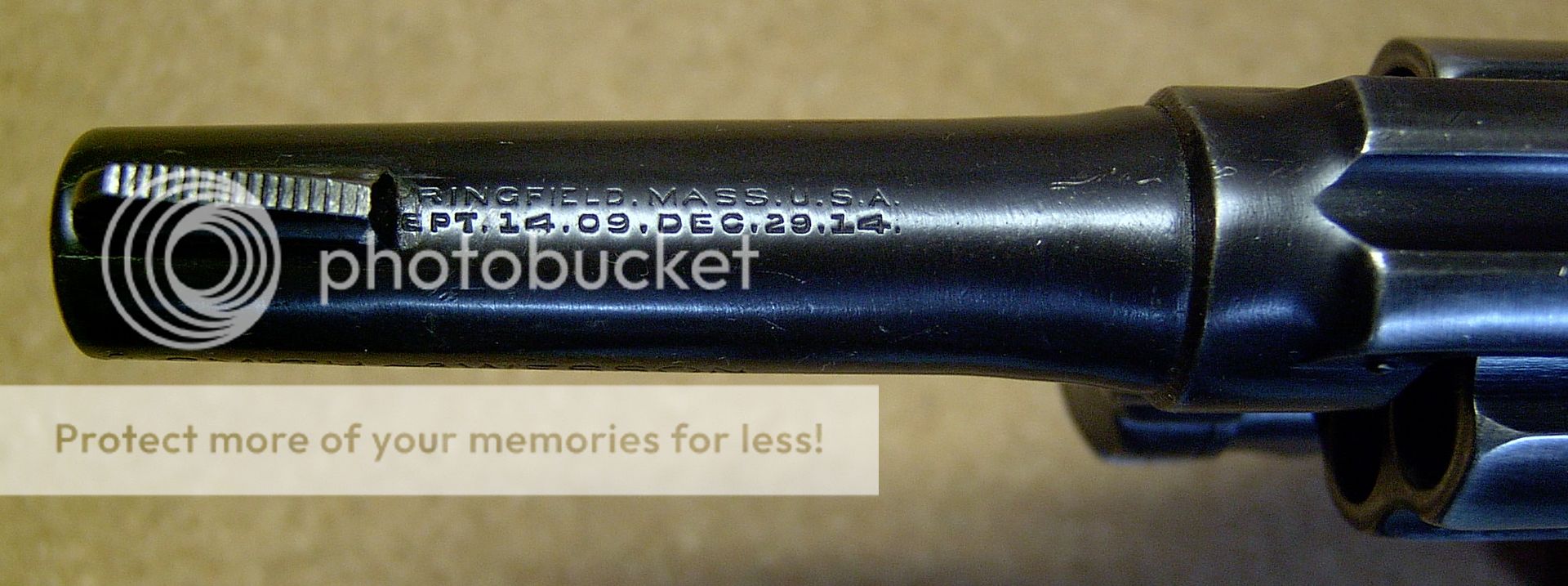
A holster that I bought years later that seems to fit the revolver.
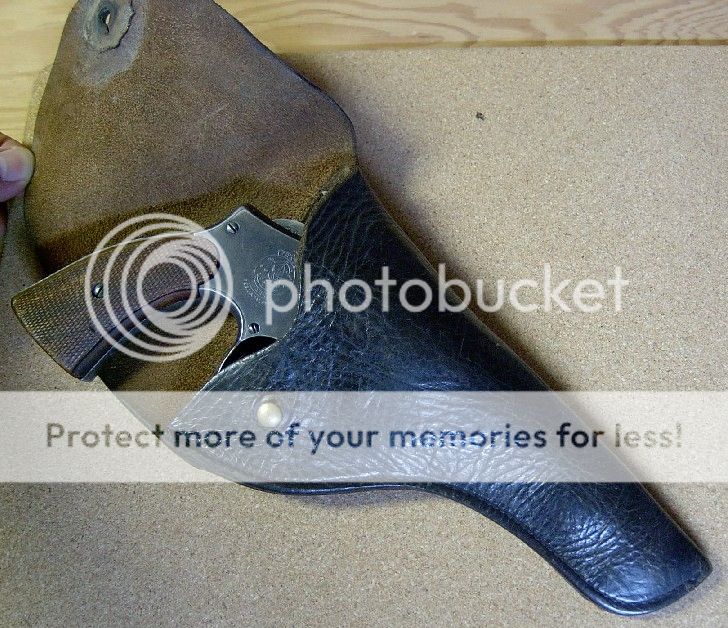
I have seen these S&W Victory revolvers with the U.S. GHD inspector's acceptance stamp so I found this to be a bit different with the U.S. Army "P" proof with the rest of the British markings.
David
In 1974 my father bought two S&W Victory revolvers ($20 each) from a police equipment supply dealer.
One of the two revolvers has the markings shown below the other revolver does not.
I think that these revolvers came from the CNR Police when they were changing their sidearms.
I also think that the barrel was shortened, the grips were changed and the grip swivel was removed.
The revolver in question is serial number V 560105.
It shows a “P” marking on the left frame as well as on the cylinder.
I had not thought about these revolvers for a long time until recently when I was reorganizing my photos.
I reached out to Charlie Pate regarding this subject and this was his response.
"They were probably Lend Lease guns. The only way to get more specific would be to get factory letters on them to see where and when they were shipped. I think the letters cost $50 now. The "P" on the frame and cylinder is the U.S. Army proof mark from when the revolvers were first purchased. The crown over BNP proof marks are British commercial proofs. When the British government disposed of their Lend Lease guns they had to go through a commercial proof before they were sold."
Charlie







A holster that I bought years later that seems to fit the revolver.

I have seen these S&W Victory revolvers with the U.S. GHD inspector's acceptance stamp so I found this to be a bit different with the U.S. Army "P" proof with the rest of the British markings.
David
Last edited:






































































